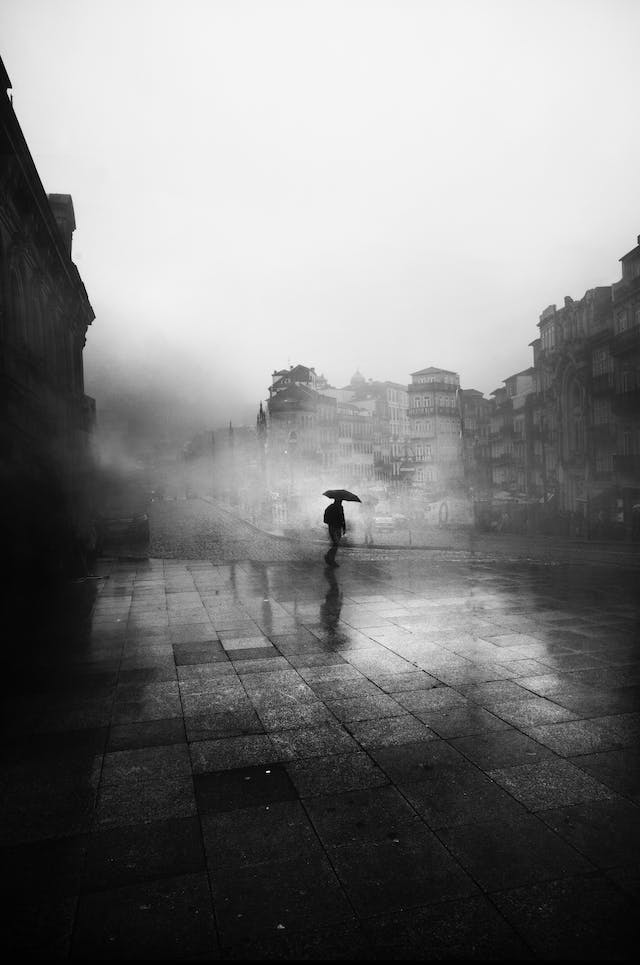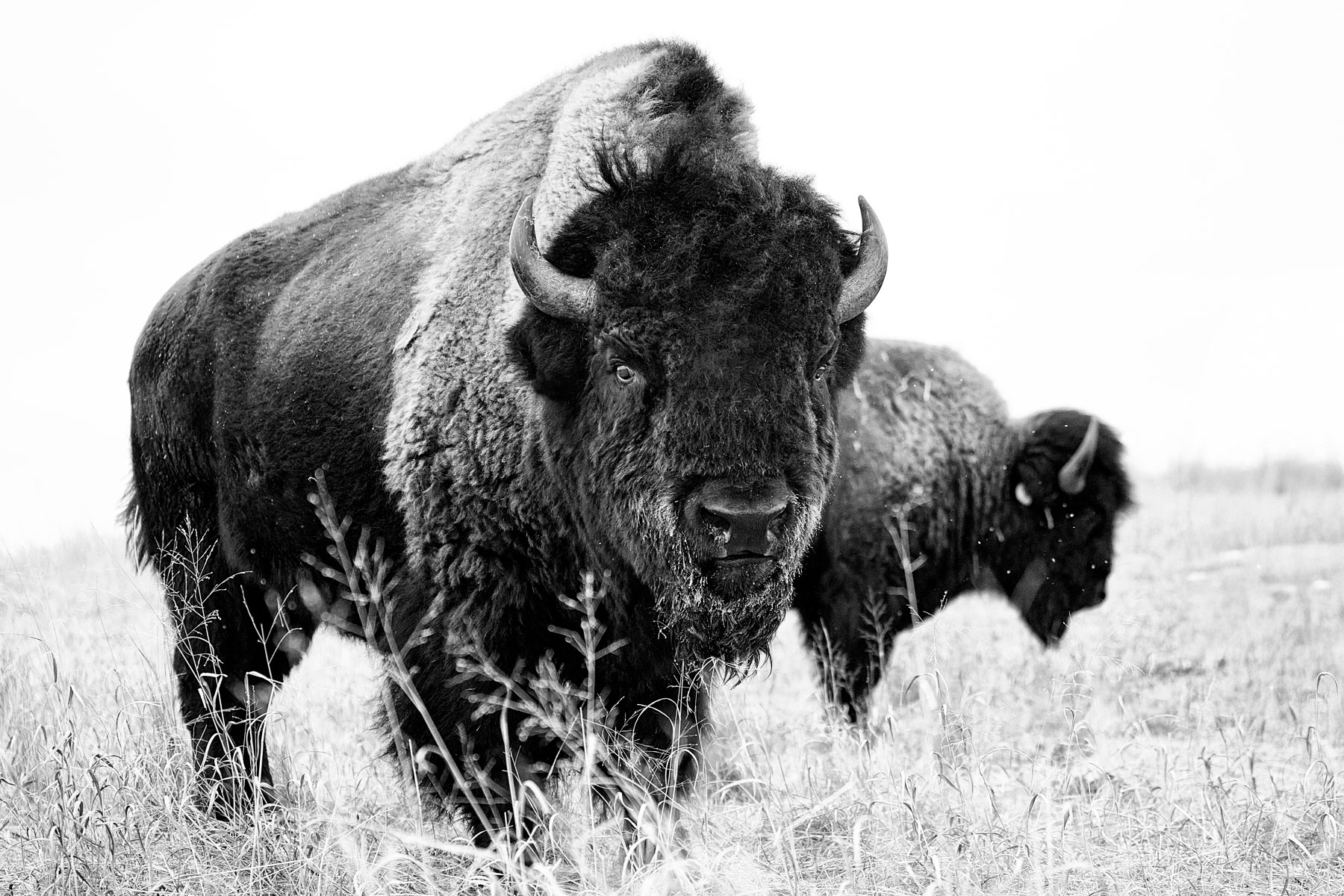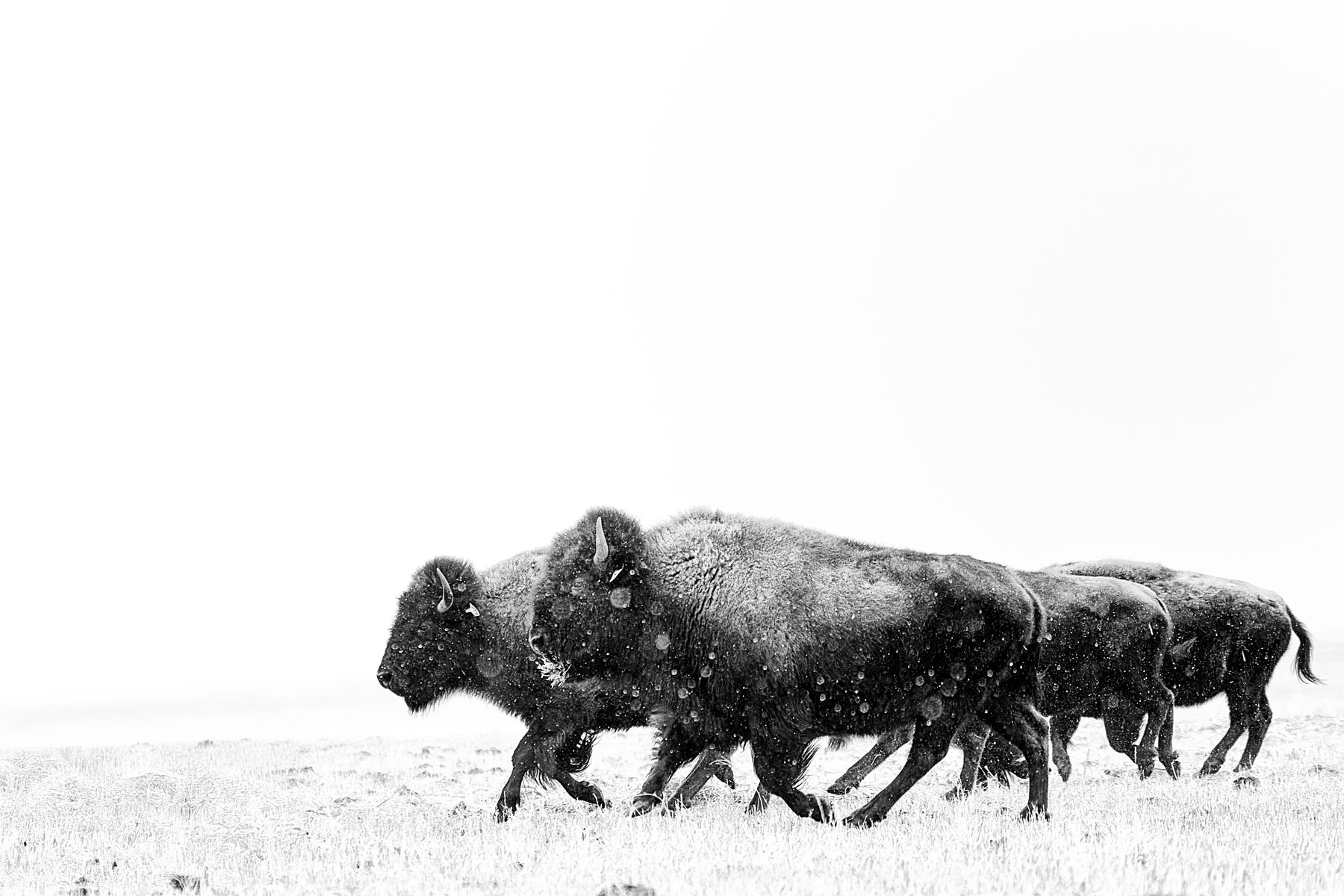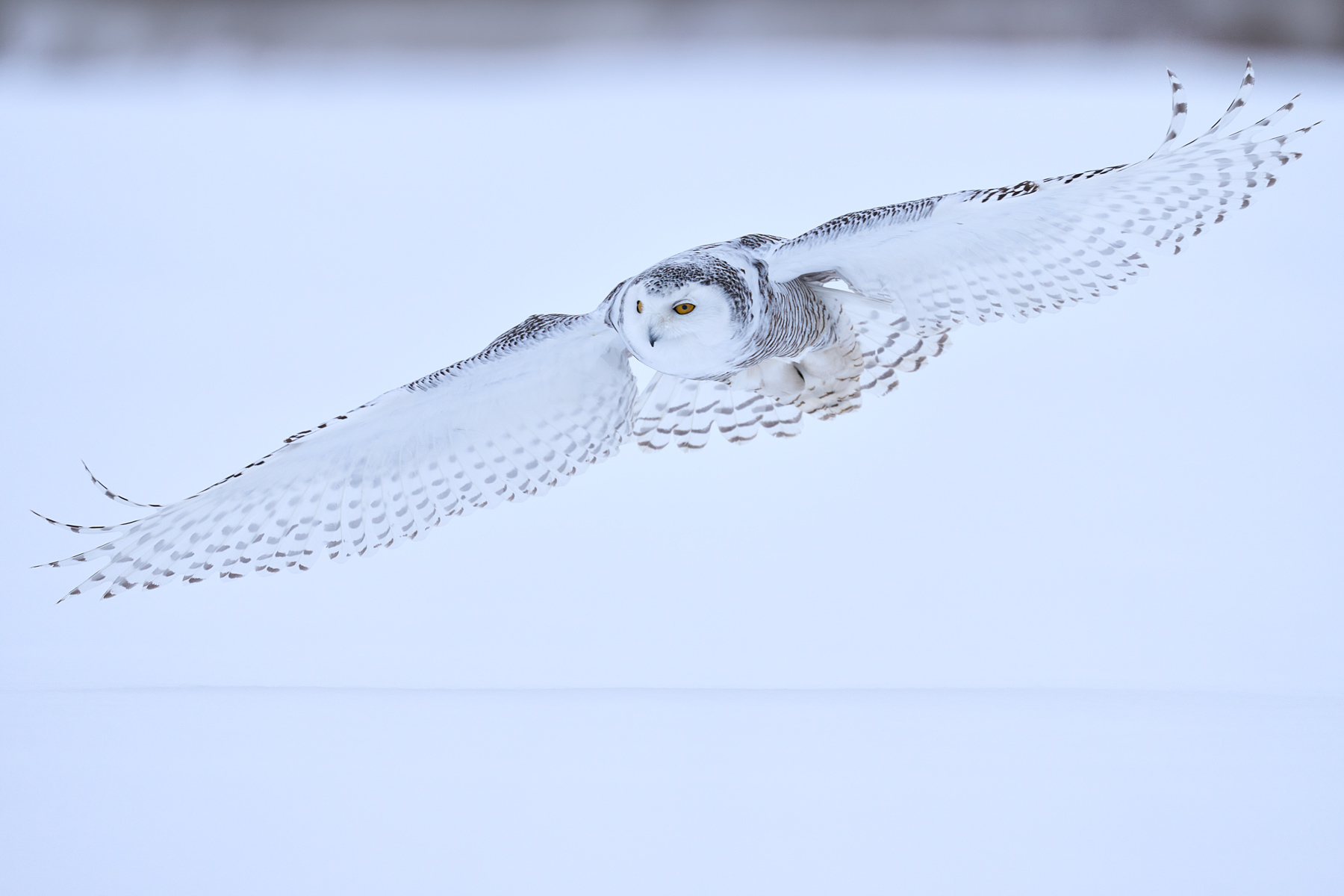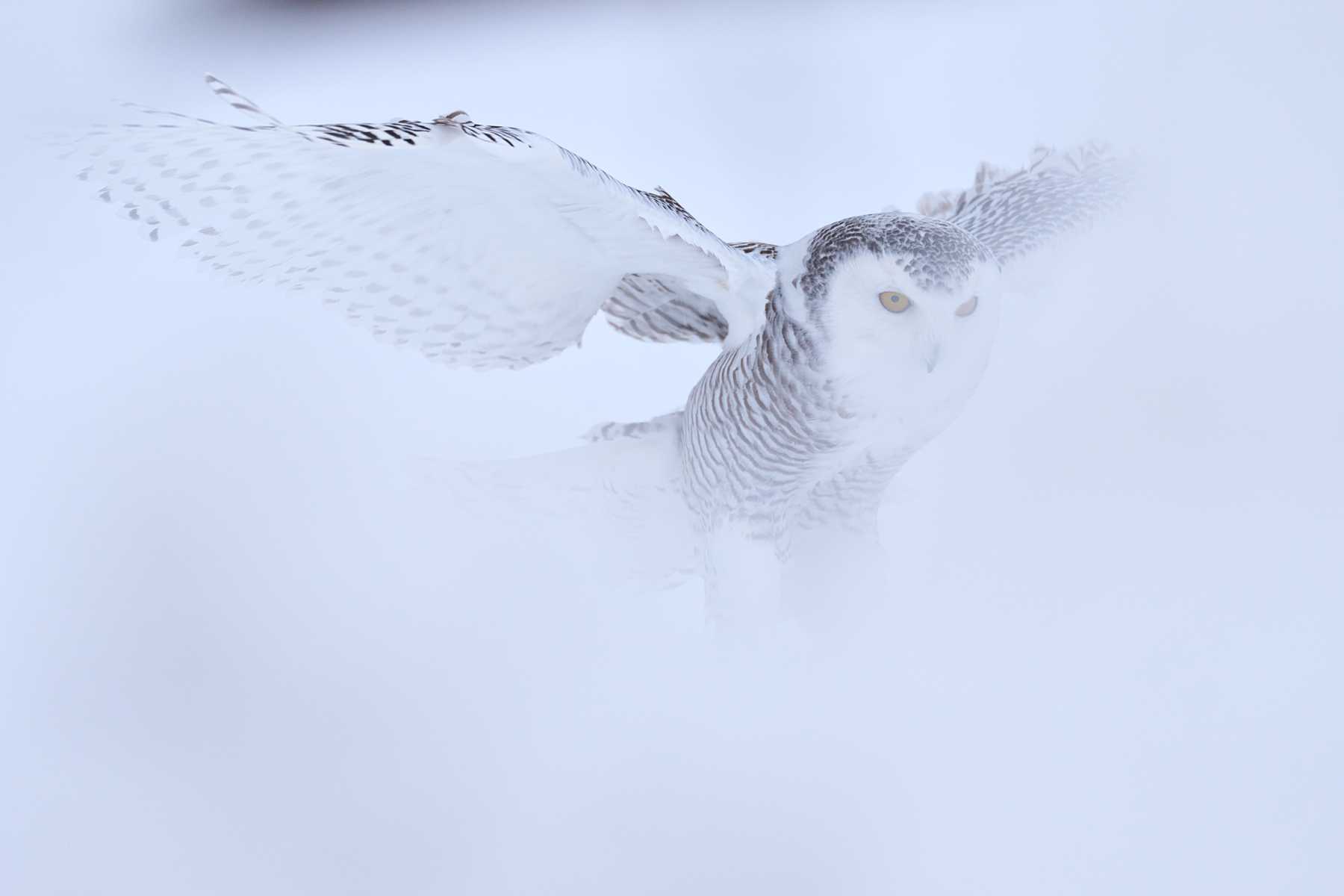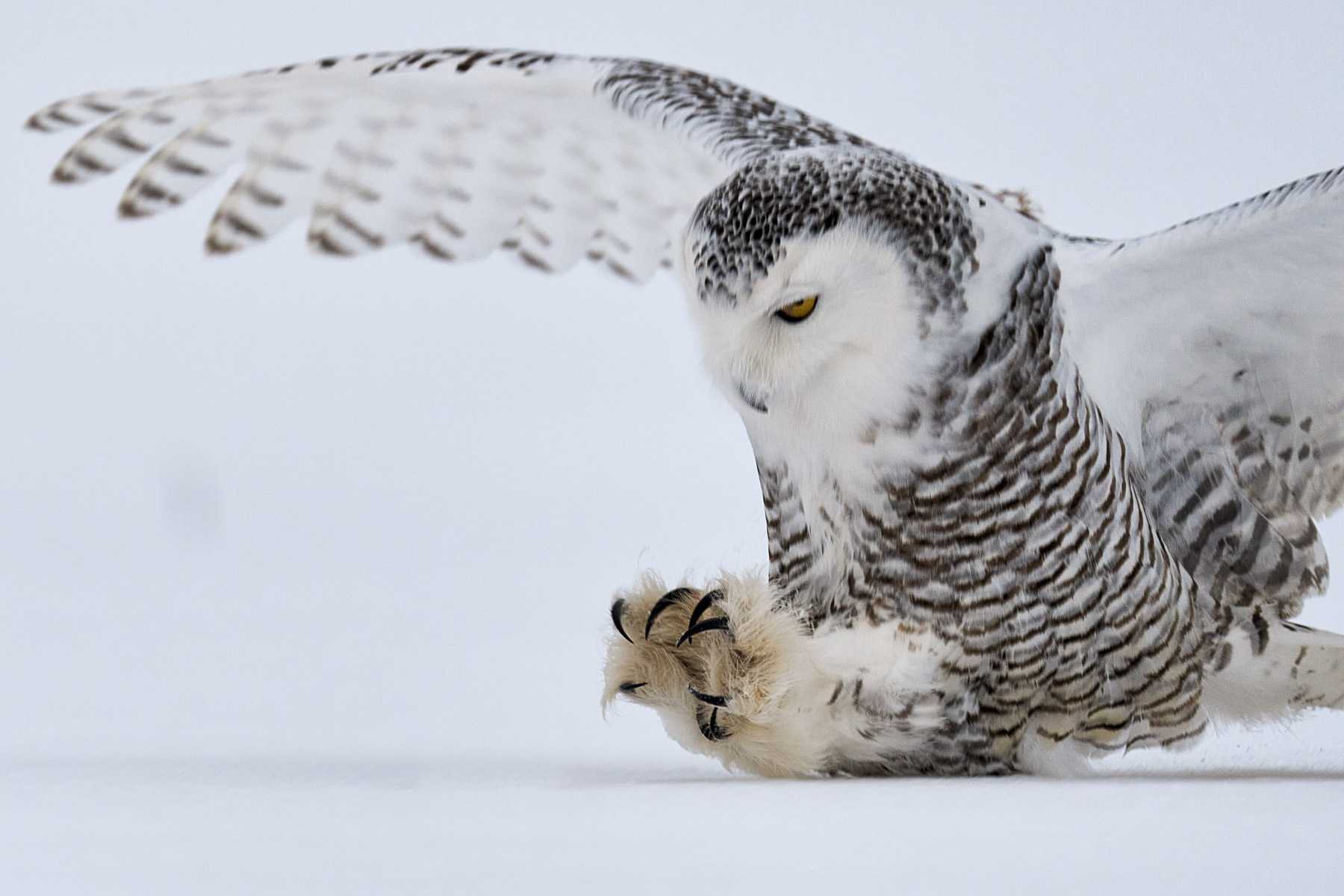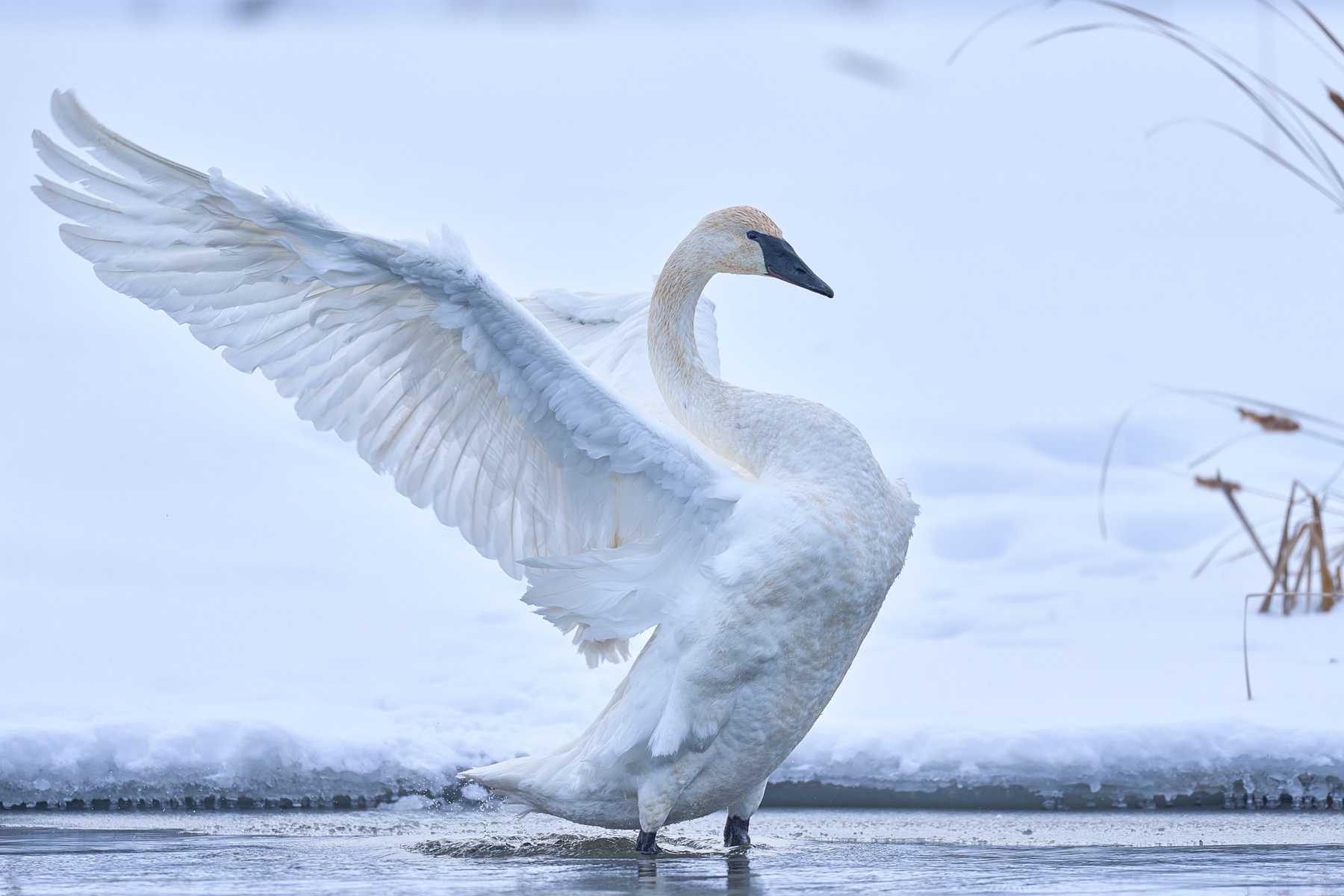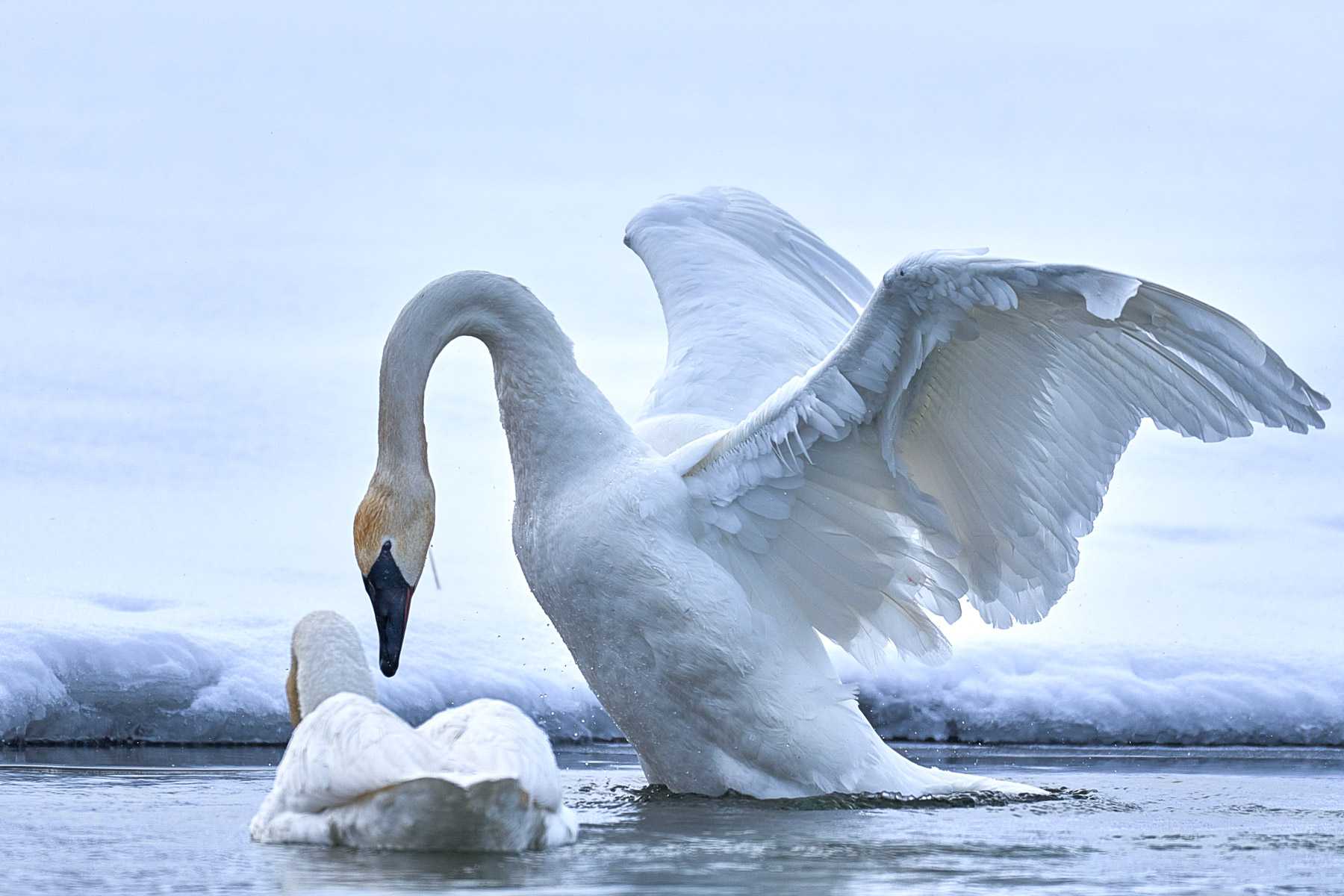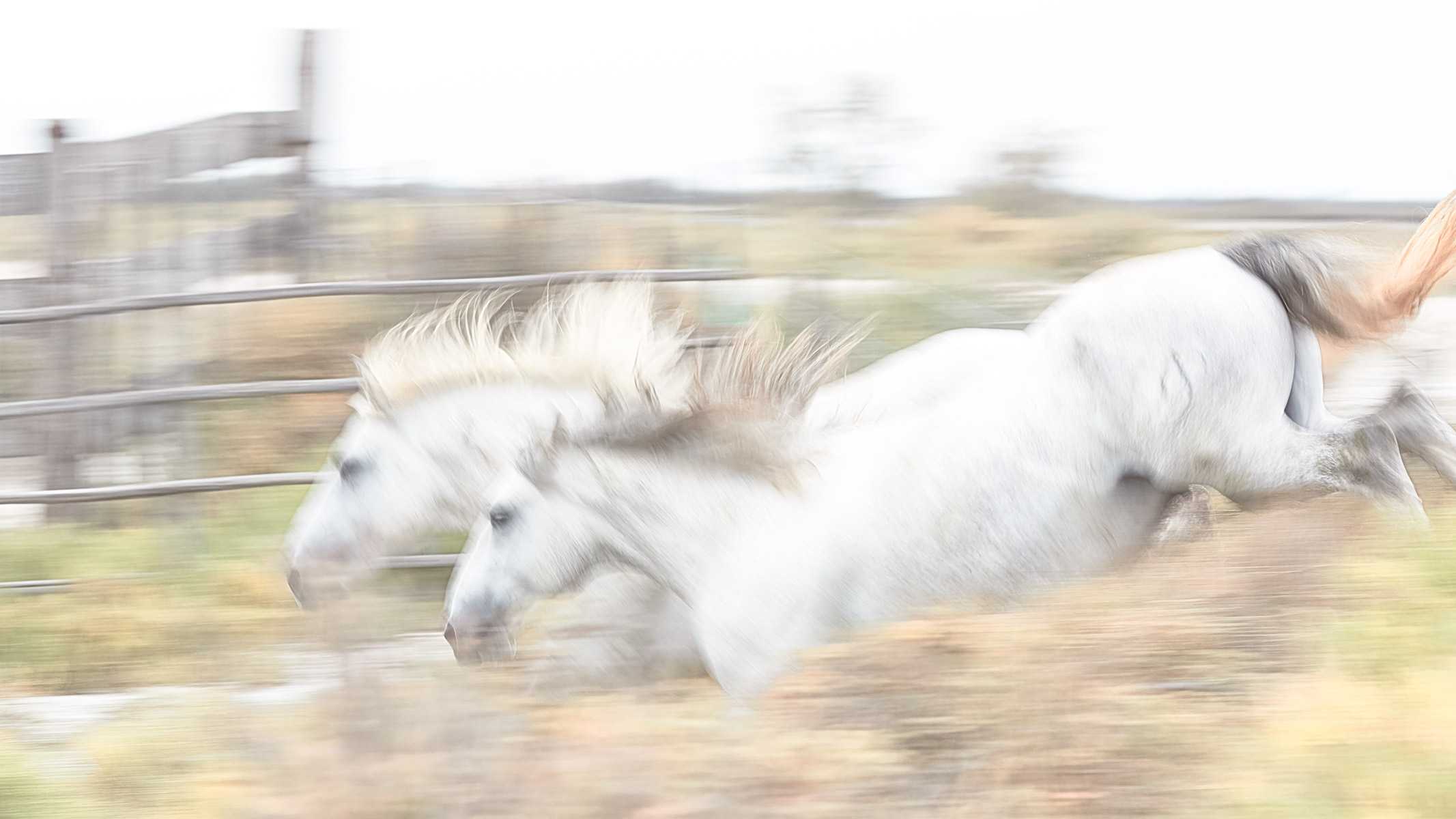Create Black and White Fine Art Photography which has a long-lasting, mesmerizing appeal and can be seen throughout history. This art brings out shapes, texture, and contrast as it reveals the world in its own unique way. Professional and novice photographers alike have much to gain by mastering this style of fine black and white pictures with their creative expression blossoming along the way! We invite you on our journey to learn how to create stunningly powerful images step by step using techniques across various genres while exploring lightness & darkness for thought-provoking photos.
Key Takeaways on How to Create Black and White Fine Art Photography
- Master the art of black and white fine photography by selecting scenes with good contrast, texture, and form.
- Utilize camera settings & techniques such as in-camera mode, lens filters & exposure adjustments for stunning images.
- Enhance photos through editing techniques like dodging/burning and adding texture/detail to create visually captivating photographs.
Choosing the Right Scene for Black and White Fine Photography
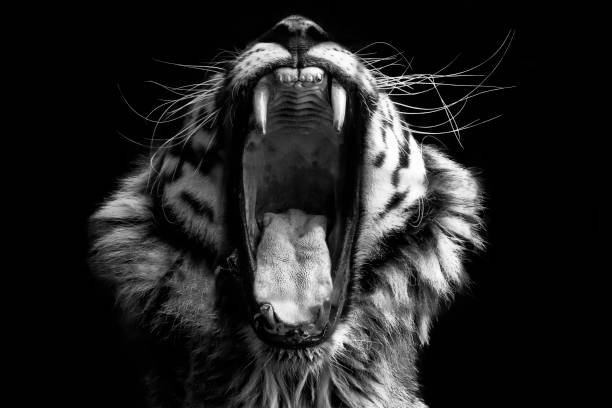
Creating striking monochrome photography starts with selecting the perfect scene. Focus shifts to texture, shape, and contrast in black and white photographs as color is removed. Expertly crafted images bring out elements such as shadows which stand out regardless of whether one appreciates art or not. Achieving an effective photo requires scenes that provide good comparison levels, detailed textures, and engaging shapes/forms when capturing it through a white photograph lens or its alternative -black & white. Captured pictures evoke emotion due to their design while speaking volumes within the confines of fine arts photography genres at the same time.
Contrast in Scenes
Many photographers strive to capture black-and-white photographs that are full of captivating contrast. They must train themselves to be able to identify elements in scenes with a good balance of light and dark when viewing them through shades of gray. By understanding how the same scene can appear differently between color photography versus monochrome images, they gain experience in identifying contrasting features for stunning results.
For example, using low-key techniques on landscapes allows an attention-grabbing focus towards something such as a waterfall or any desired point rather than having it spread evenly throughout all areas viewed within the photograph itself. By recognizing patterns relating to both blacks and whites combined together, the photographer will create highly engaging photos filled with balanced-out lighting effects utilizing either scheme: black/white or colored versions from photographing different scenes.
Texture in Scenes
Capturing texture in photography is a key factor when striving to create an interesting and three-dimensional black-and-white image. Experimentation plays a major role here, as learning the art of composition for both color and monochrome images helps bring out unique textures. High-contrast scenes with deep shadows along with landscapes are perfect subjects to capture captivating renderings of texture within your photographs. Light also must be taken into account while crafting these gorgeous works. Positioning it at different angles can help accentuate detail by highlighting dramatic silhouettes and reflections that will make any final photo stand out from the rest! With careful attention paid to creating beautiful effects through the use of elements such as light, shades, whitespace, etc., you’ll have amazing sets showcasing diverse yet exquisite imagery ready on hand!
Form in Scenes
Black and white photography relies heavily on shapes, lines, and contrast to create striking visuals. Experimentation is paramount when selecting a scene in order for strong silhouettes that stand out from their tonal surroundings to be present. An example of this technique being used successfully is seen in portraits – using the man’s beard shape as an outline around his face which serves to draw attention towards his eyes. This allows viewers to focus on the image while creating captivating black-and-white images through the effective use of form. By opting into scenes with powerful structures along with clever utilization of shades, you can produce remarkable monochromatic pictures.
Camera Settings and Techniques for Black and White Photography
Producing captivating black-and-white photographs requires more than just picking the ideal scene. It also involves having a thorough understanding of camera settings and techniques to acquire the desired outcome. Whether you are using in-camera monochrome mode, adjusting exposure, or fitting lenses with filters – mastering these practices will enable you to accentuate an image’s beauty through contrasting tones that take shape as amazing compositions when viewed as black and white images.
Lighting is particularly significant for photography composition in shades of grey since it alters how colors appear within the frame before they transition into different levels of lightness/darkness during processing resulting in different atmospheres depending on adjustments made by a photographer regarding exposures which can amplify any photograph taken from ordinary to extraordinary if done correctly.
In-Camera Black and White Mode
Most modern digital cameras offer a black-and-white mode that allows you to preview an image in monochrome before capturing it. This function enables photographers to concentrate on composition, shapes, and textures while being able to recognize the tonal range and contrast more clearly for an instantaneous view of the eventual outcome without any distractions from color.
To access this feature with your standard DSLR camera just follow these simple steps: enter the menu. Find either ‘Picture Style’ or ‘Color Mode’, select dark tones setting or mono modes, and modify parameters like sharpness, and lighting intensity if offered by the device. Lastly, start photographing in black & white!
By employing one’s own electronic equipment contained within its frame (i.e., Black and white) – focus can be concentrated on imagery fundamentals so much better as well as facilitate decisions related not only to exposure but also aesthetically when looking at final outputted pictures over time.
Lens Filters
In black-and-white photography, lens filters can create a dramatic effect by increasing the contrast and tonal range of your images. A colored filter placed on the camera’s lens will alter tones in these photographs based on brightness values within that scene. For example, adding red to an image could make it bolder or more intense. Polarizers work to reduce glare from surfaces as well as darken skies while also providing additional contrast. Neutral density filters are primarily used in B&W photography for reducing light intensity so one may achieve longer exposure times when desired, giving them greater control over their final photo creation.
Exposure for Highlights
For creating a black-and-white image with more contrast, tonal range, and aesthetic appeal, it is essential to adjust the exposure for highlights. This can be done by using spot metering on the light source desired and then changing the exposure accordingly. Post-processing software such as Lightroom or Photoshop can be used to refine detail in brighter areas while also providing control over composition elements that aid in generating an atmosphere specific to what you wish your photograph’s outcome may be. Ultimately this will produce a final black-and-white photo of greater quality than one simply exposed without thought of its contrasting tones being balanced out correctly beforehand.
Converting Color Images to Black and White
Once you have captured your photos, the next step is to transition them from colored visuals to black and white images. Doing so uses various techniques such as grayscale conversion, adjustments in tone values, and manipulation of color channels, each having its own unique advantages and challenges yet yielding captivating results when used skillfully. It’s important for artists to understand all possible methods clearly – aiding in preserving the details & texture of a scene while capturing emotion with their art through wall-worthy photographs or personal portfolios that make use of shadowing effects featured within grey scale forms created by utilizing these processes properly.
Grayscale Conversion
In order to create black-and-white images that capture the essence of a scene, grayscale conversion is an important process. This involves removing color information and using shades of gray instead. Either by simply averaging RGB values or employing a weighted average technique with suitable software tools. While it may look straightforward, one must ensure the texture details remain intact during this transformation – so adjusting brightness as well as contrast can give optimum results in terms of producing striking black-and-white photographs while preserving their original image qualities.
Tonal Adjustments
During the black-and-white conversion process, you can alter aspects such as contrast, brightness, and tonal range of various parts of an image to create more visually appealing photographs. Popular photo editing programs offer a host of tools for tuning tones which enable one to go from absolute blacks all the way up to pure whites within their images. Adobe Camera Raw, Adjustment Layers, or Tone Curve are amongst some commonly used methods when it comes to making these adjustments on your photos shot in monochrome hues. Allowing you maximum flexibility in perfecting your final photograph’s look while keeping its true character intact!
Color Channel Manipulation
Color channel manipulation, a more sophisticated approach to converting color photographs into black and white ones, gives you control over the brightness of certain elements by adjusting red, green and blue channels. This method provides finer control of tone range as well as an aesthetically pleasing result when transforming images.
The advantages brought on by using this technique are many: it eliminates any distraction from colors, increases contrast which in turn produces stronger visuals, and creating artful shots can be achieved with improved command over the tonal spectrum when mixing different combinations of all three shades – reds, blues and greens – plus adjustment curves or level sliders for refining image tones even further.
These powerful effects that derive from combining saturation adjustments make it possible to craft stunningly evocative black-and-white pictures.
Enhancing Black and White Images Through Editing
Once you’ve changed your photos to black and white, the last procedure involves enhancing them by way of editing. There are a number of techniques that can be used for this such as dodging/burning, adding texture and detail, plus adjusting contrast and tonal range. All these techniques assist in forming more aesthetically captivating black & white pictures that reflect your artistic vision skillfully.
By becoming proficient with these processing tools one is able to elevate their craft to an even higher level creating emotionally powerful artwork be it wall decor or building a portfolio full of inspiring photographs that stand out from the rest due to its unique expression through shades of blacks whites grays etc..
Dodging and Burning
Photographing in black and white can be taken to a whole new level when you use dodging and burning. This method involves adjusting the exposure, either lightening certain parts of an image (dodging) or darkening them (burning). It’s great for adding depth and creating striking visuals out of your pictures.
To do this with Adobe Photoshop, start by selecting one of the tools from the toolbar (Dodge tool or Burn tool), then choose brush tip settings as well as desired exposures before duplicating the base layer. Apply Dodging on regions that need brightening up while Burning should be used for darker areas instead. This way you’ll end up having more vivid images compared to shooting just in plain black & white photography!
Adding Texture and Detail
When producing attractive black-and-white pictures that grab the attention of viewers, incorporating texture is essential. Locate subjects with distinct patterns, outlines, or textures which can then be enhanced through focus on shadows and light to give more depth as well as texture to the photo.
Also when editing photos in this mode you are able to adjust contrast settings along with other sliders like brightness and saturation allowing for added detail in your images. Various presets too exist which permit extra graininess or noise sharpening again aiding a visual rise within these monochrome visuals.
Fine-Tuning Contrast and Tonal Range
Creating beautiful black-and-white photographs requires a fine-tuning of the contrast levels. This process involves controlling brightness as well as range using techniques such as curve adjustment or targeted tonal adjustments. Allowing for shots to be taken from the deepest blacks all the way up to bright whites.
Adobe Photoshop is an ideal program in order to help manipulate images towards achieving desired results, with its powerful capabilities enabling users to create truly captivating photographic works that reflect their artistic vision through precise contrast and changes in tonality.
Black and White Fine Photography Styles and Genres
Exploring the world through monochrome photography presents distinct chances for creative expression and narrative. Landscape, street, portrait, or still-life photographs all bring out black-and-white images with their own individual characteristics. A photographer who specializes in this form of art can use it to create captivating visuals that move audiences.
When dealing with black & white fine photography, also known as monochrome pictures, you have a different approach than when taking color photos, which lets you produce compelling scenes that spur thoughtfulness among viewers. Different styles like abstracts are featured so photographers can figure out how to make unique designs by getting familiarized with each one’s particular traits along with its techniques thus developing an identifiable style of creating these kinds of amazing shots.
Monochromatic imagery has been used since antiquity in various forms, whether painting or films, but contemporary tech makes capturing memorable iconic moments easier while allowing artists more control over portraying light tonalities only achievable thanks to using solely B&W mediums without compromising any details whatsoever from texture layers up close. Allowing not just documentary aspects to tell stories but leaving a lasting impact on those involved too -including spectators-in order to understand conceptually why they should appreciate such artistic pieces being crafted via today’s sophisticated digital camera formats enabling the birth of surrealistic dreamscapes once shot proficiently correctly no matter the angle employed!
Landscape Photography
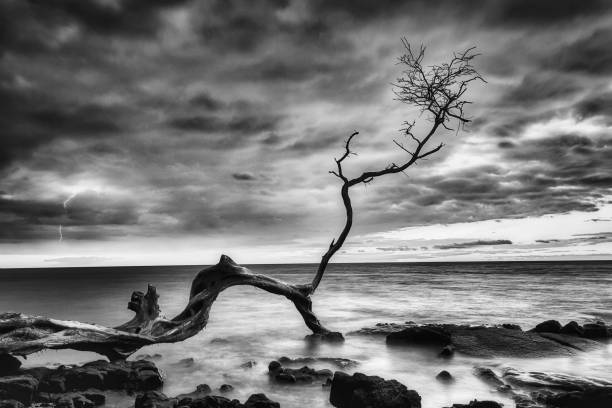
Many photographers find that the same scene takes on a whole new dimension when shot in black and white photography. This can bring contrast, texture, and light to life within an image which is often quite different from what it looks like in color. As such, mastering techniques related to the treatment of light/shadow, focus on textures, and attention to contrasts are essential components for crafting successful landscape shots with this medium.
The ability to see the world through shades of gray allows one to identify scenes featuring a good mix of dark elements as well as those illuminated by brighter tones. Gaining expertise comes down to being attentive to exploration and practice at capturing these moments all around us differently than we normally would if seen through colored lenses!
Street Photography
Black and white photography is ideal for street photos, producing timeless shots that bring out the textures, forms, and contrast of an image. Simplicity allows us to concentrate on catching natural moments that narrate a story. When it comes down to taking memorable pictures in this genre, composition, and timing are critical so as not to capture the pulse of city life effectively. With black & white’s emphasis on shape and texture, you have everything needed to create exciting photographs with great emotional appeal.
Abstract Photography
Black and white photography is the perfect art form to create abstract photos. With it, you can explore shapes, lines, textures, and patterns instead of focusing on colors or particular objects. These photographs capture mystery, emotion as well and abstraction with different angles that give viewers an invitation to interpret each image in a unique way.
By using various techniques such as experimenting with perspectives black & white images offer plenty of creative opportunity while emphasizing composition for captivating effects which makes them especially fitting when creating pieces of artwork through abstract photography.
Summary
Exploring, experimenting, and expressing artistically is what mastering the art of fine black and white photography entails. Starting with selecting a proper scene and capturing it using camera settings – that’s only halfway there. The process goes on by changing colors in pictures into shades of greyscale followed by editing for an enhanced look before finally revealing its timeless beauty which will last long after created today. As you progress along this journey of discovering your own style, your images will demonstrate unique allure as well as gripping visuals making them true works of art bound to stay relevant even years from now!
Frequently Asked Questions
How do you make a perfect black-and-white picture?
To get a stunning black and white image, aim to play with the shadows for contrast, add a matte effect using brush and radial tools to control highlights, remove any irrelevant elements from the picture, adjust sharpness levels as needed, create custom vignettes if you wish, practice often!
What do you need for black-and-white photography?
In order to create black-and-white photography, one must acquire the right tools. This includes either a monochrome camera with compatible editing software or analog film. Proper lighting equipment and viewing filters that will help increase contrast are essential for highlighting your subject in an image.
What is black and white photography called?
Monochrome photography, most often associated with black and white images, is a kind of photography that incorporates various tints of neutral gray to display the colors in an image. This approach does not include any extra hues aside from those displayed as either black or white. To illustrate this concept more clearly, shades ranging from lightest grey to darkest can be used within monochrome photographs such as when capturing Black-and-white moments in time using one’s photographic eye for detail.
What are the key elements of a successful black-and-white photograph?
The art of black and white photography utilizes contrast, texture, shape, and tone to highlight the beauty in a subject. To be successful at capturing stunning monochrome photographs requires skillful play with the colors black and white along with careful consideration of these aspects.
What camera settings are recommended for black-and-white photography?
For black and white photography, it is best to have an auto white balance setting with low ISO as well as a slow shutter speed. For the highest quality results, images should be captured in both RAW and JPEG format.





